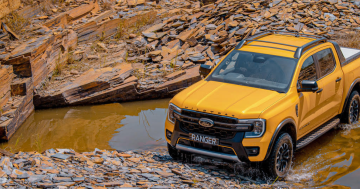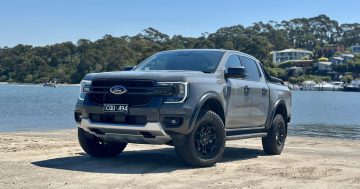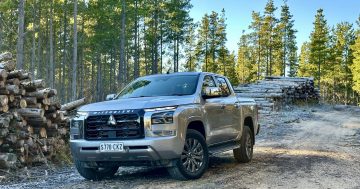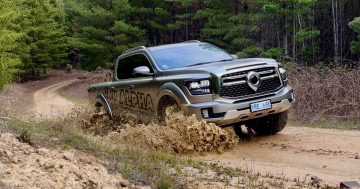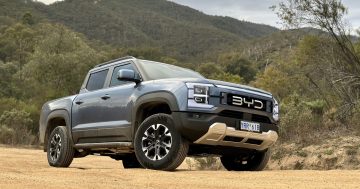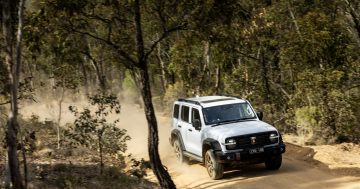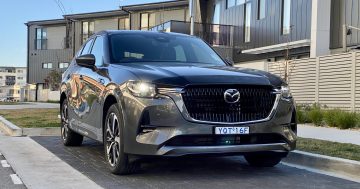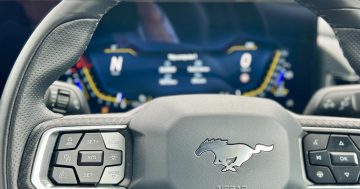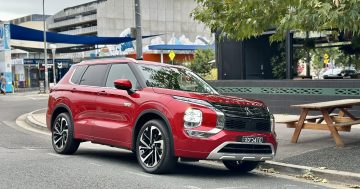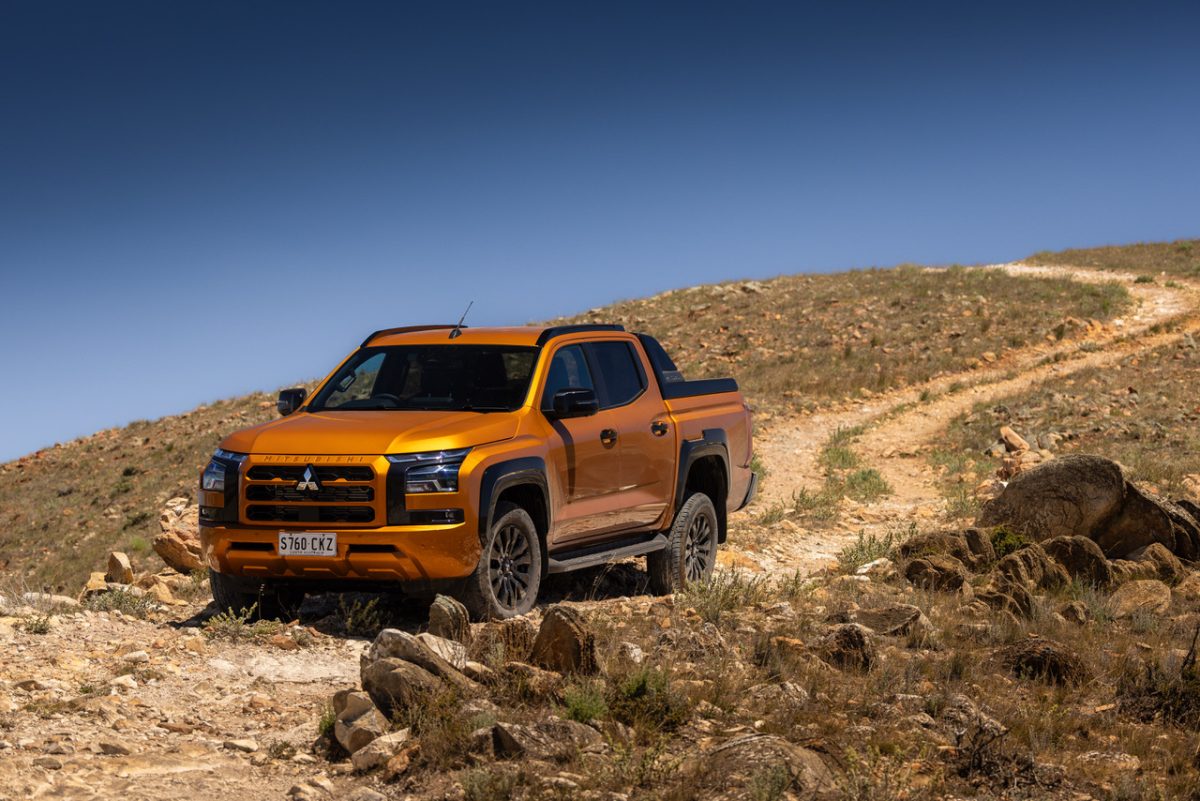
The new Mitsubishi Triton is “good enough for most people” but it’s not a Ford Ranger. Photo: Supplied.
Among all the new showroom arrivals for 2024, the Mitsubishi Triton is one of the most important.
Priced from just over $50,000, it is intended to challenge seriously for top-dog status in the pick-up world.
It’s completely new and much more impressive than previous Triton contenders, which mostly sold on their value and long-term reliability.
It’s longer and wider than the previous model, which translates into the cabin and suspension, which is noticeably more compliant than the outgoing Triton.
It has bold frontal styling that definitely sticks out in a pack of utes, as well as important technology including wireless Apple CarPlay, and the top-grade GSR has a ride that is much more plush than the vast majority of its rivals.
It also has more power and torque, with reduced fuel consumption claimed at 7.7 litres/100 kilometres.
But . . . it’s still not a Ford Ranger, which means it must continue to compete at the value end of the red-hot ute world.
That’s not a bad thing, because plenty of people cannot afford to go shopping with the budget to land a fully loaded Ranger or Toyota HiLux.
It also makes its case with a 10-year warranty and 10 years of capped-price servicing, which makes plenty of sense for people who want a workhorse more than a show pony.
Yet Mitsubishi must have been hoping for more.
It took careful aim at the Ranger when it was developing its new Triton, which will also share its basics with the next new Nissan Navara, which was a smart target.
But then Ford changed the game with the latest Australian-developed Ranger, which scores top grades for everything from its ride comfort to modern cabin and even little things like steps to the load tray and a tailgate with a super-clever sprung damper to stop it flopping down.
But back to the Triton, where a single safety feature is so polarising it will stop plenty of shoppers from buying one.
It’s an over-the-top ”driver distraction” feature that monitors the driver’s eyes, ensuring they are always looking ahead at the road.
But, and it’s a giant ”but”, it is vastly overzealous and intrudes far too much. It doesn’t work properly if you’re wearing sunglasses and triggers if you’re turning the wheel and your arm passes in front of the sensor, which sits front-and-centre on the steering column.
Even moving your hands over the wheel, perhaps to adjust the radio volume, can set it off.
It’s even worse than the speed monitor on the latest Kia and Hyundai models, which whinges if you stray three kilometres from the posted limit.
The Triton also loses ground because its load cover is not electric like some rivals, and is not even included in the central-locking system.
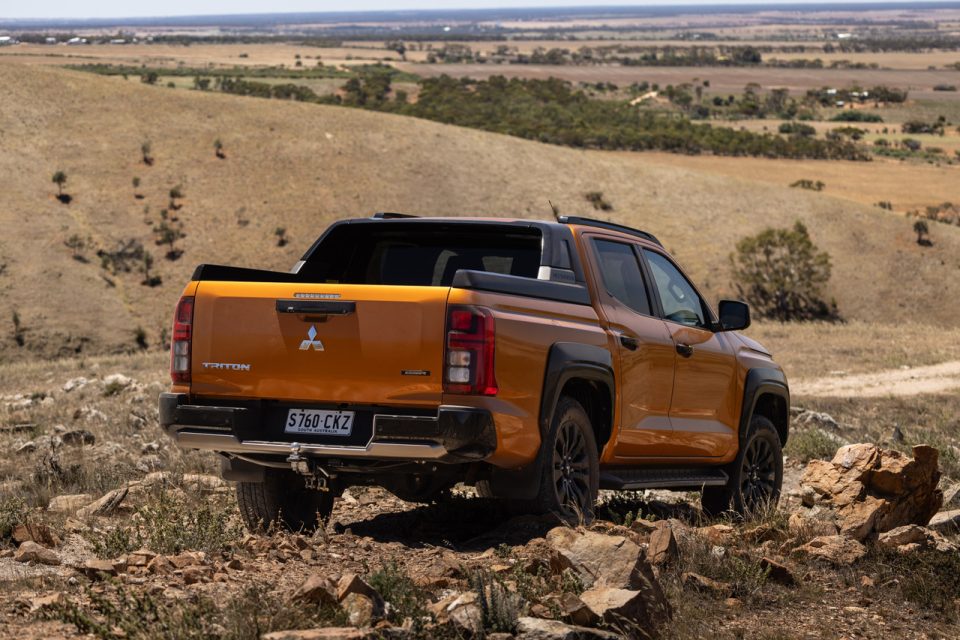
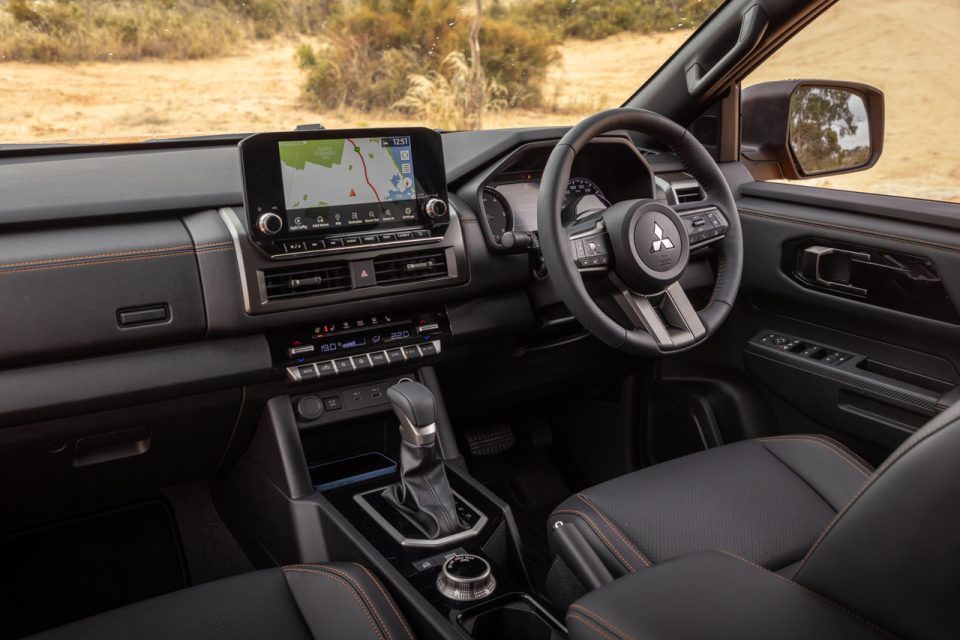
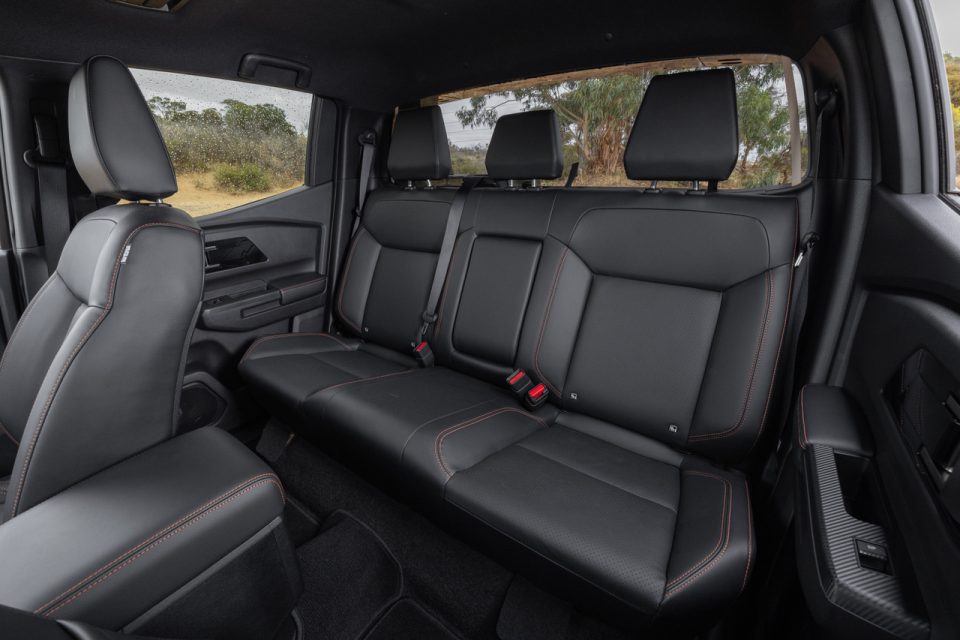
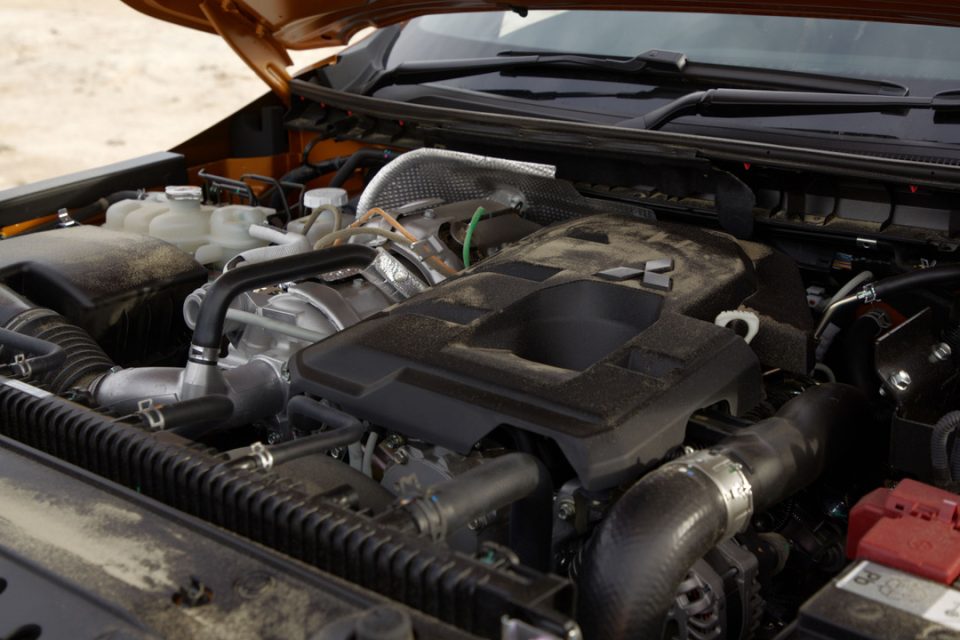
Still, it looks very good and the starting price is solid, and the diesel engine now has more punch and the six-speed automatic gearbox is well tuned for all needs.
The Triton is good enough for most people, with improved power and torque from its turbo-diesel engine, and it’s solid if you head off-road.
The big infotainment system is good, the seats are comfortable, and it has the rear-seat space and comfort for family car use.
Best of all, it’s still a 10-year leader on warranty and servicing, which means it will continue to hit the mark for budget buyers.
So the new Triton is good but not great, which means it is still only a value choice for pick-up shoppers.
If they can put up with the driving monitor . . .
Mitsubishi Triton
- Position: Four-door 4×4 ute
- Price: From $50,940
- Engine: 2.4-litre, twin-turbo, four-cylinder diesel
- Power: 150kW/470Nm
- Transmission: Six-speed automatic, four-wheel drive
- Plus: Much improved, value winner
- Minus: Good is not good enough
- THE TICK: Better but not best
Score: 6.8/10.


